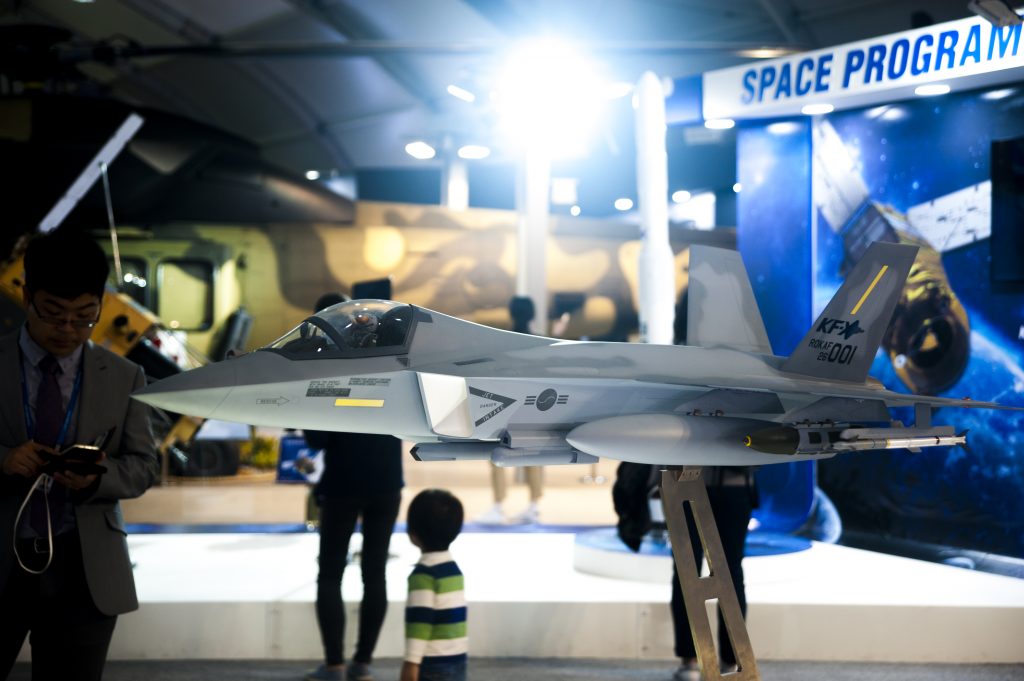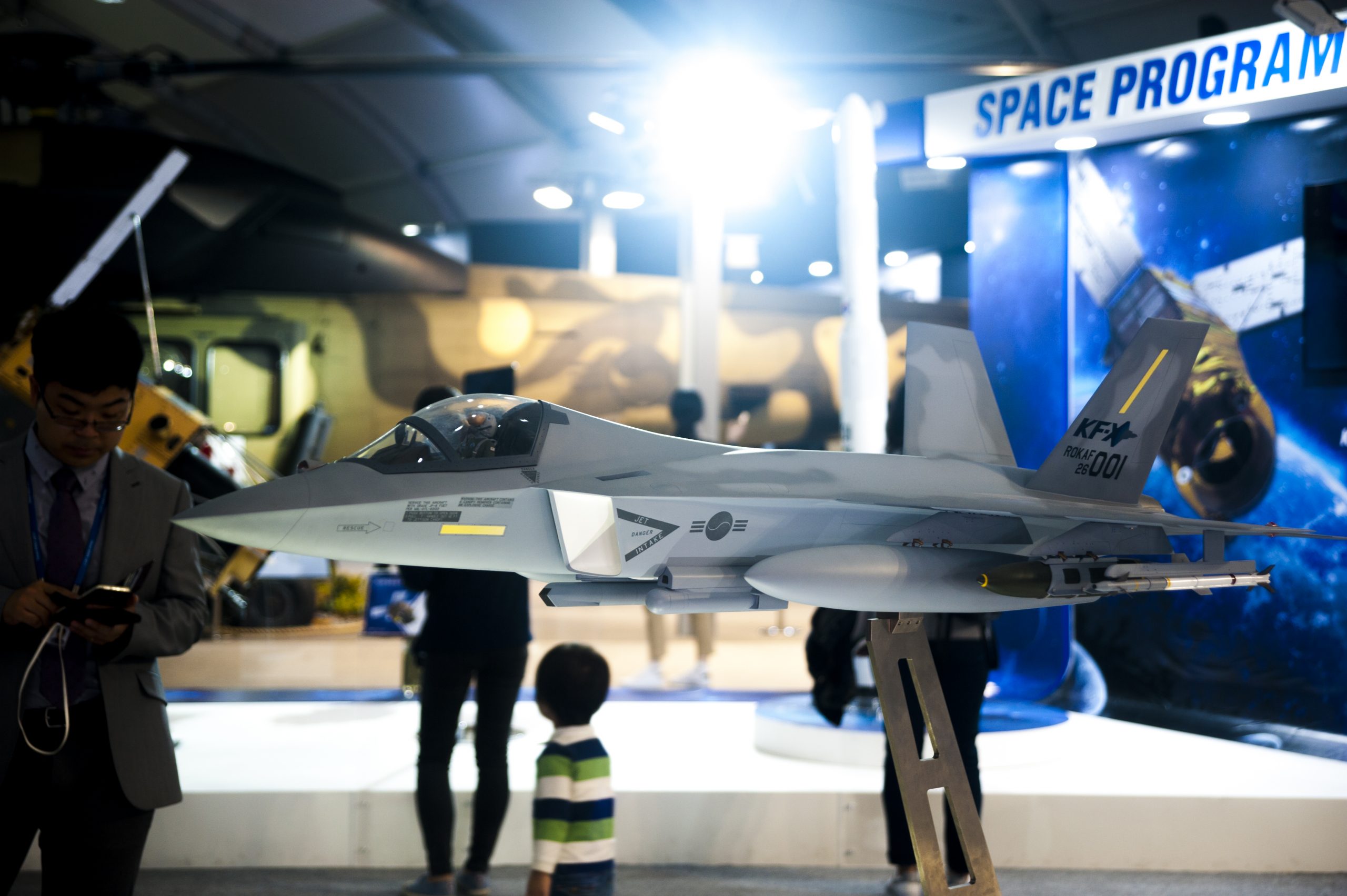
On Friday, South Korea unveiled the first prototype of its next generation KF-X fighter jet it is developing along with Indonesia, midst uncertainty over Jakarta’s role in the project in the coming future.
The KF-X fighter jet, being developed by Korea Aerospace Industries Ltd (KAI) is designed to be more cost effective, albeit less stealthy, than the U.S. F-35.
Seoul plans to eventually replace its ageing fleet of fighter planes and produce more for exports.
The prototype was displayed at the KAI headquarters in the southern city of Sacheon in a ceremony which was attended by South Korean President Moon Jae-in along with representatives from Indonesia, including its Defence Minister Prabowo Subianto.
In a statement KAI said, it plans to carry out ground testing later this year, with first flights tests expected to take place in 2022.
“The release of the prototype can be seen as a meaningful achievement of the development process in that it enters the stage of realising and evaluating the performance of fighters that have existed only as drawings,” said South Korea’s Defense Acquisition Program Administration in a statement.
South Korea will have at least 40 KF-X fighter jets combat-ready by 2028, and 140 by 2032, said Moon while adding, “A new era of independent defense has begun”.
Once it is designed, the aircraft will be known as the KF-21 Boramae.
In 204, South Korea and Indonesia agreed to jointly develop the fighter in a project worth $6.3 billion (7.5 trillion won), with Jakarta paying 20% of the project cost. However in 2018, Jakarta tried to renegotiate its involvement in order to take the pressure off its foreign reserves; later it sought to barter for its share of the cost.
While discussing the issue with Foreign Minister Chung Eui-yong in Seoul, both sides agreed to hold high-level talks on security cooperation, including on the KF-X project, said the South Korean foreign ministry without elaborating on the dispute related to the cost.
A statement by Indonesia’s Defence Ministry also did not elaborate on the project or its funding, while noting that both countries had agreed to deepen their cooperation, including in the defense industry.





